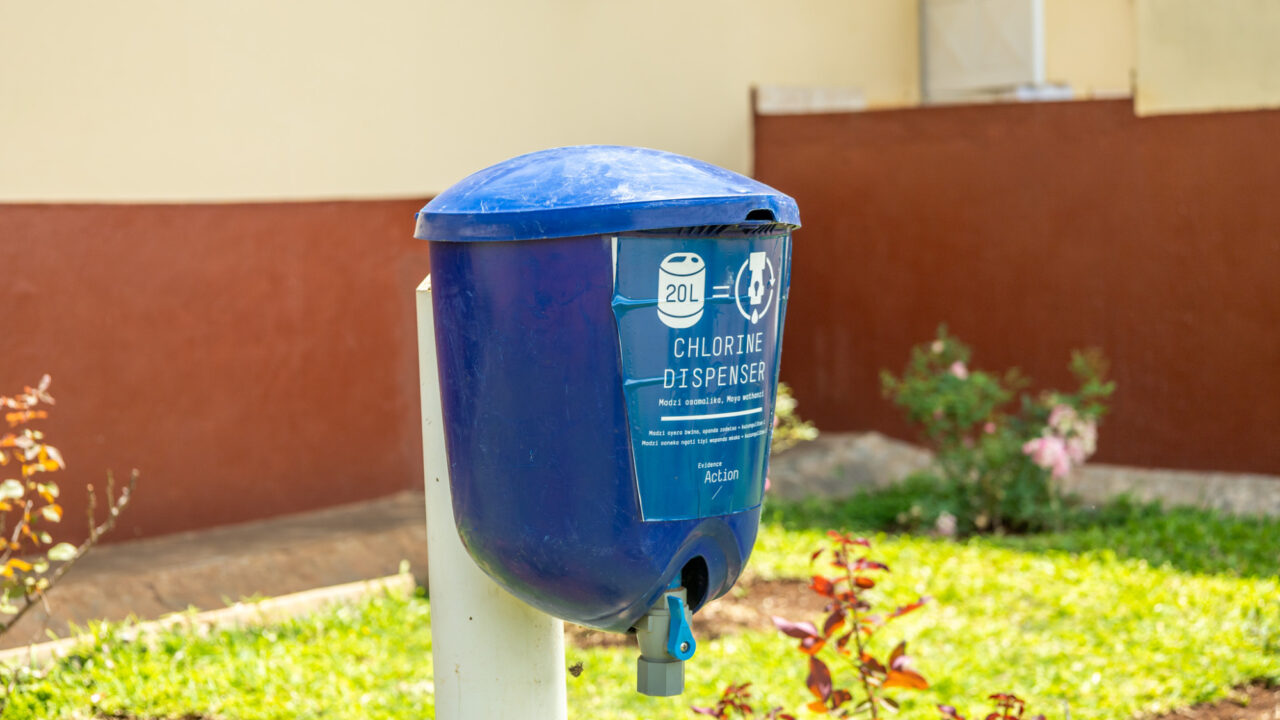
Our insights, deep dives into data, and stories of impact
Stay on top of the latest insights, along with program updates and opportunities to take action.
For announcements, newsletters, and media mentions, visit our newsroom.
Stay on top of the latest insights, along with program updates and opportunities to take action.
For announcements, newsletters, and media mentions, visit our newsroom.